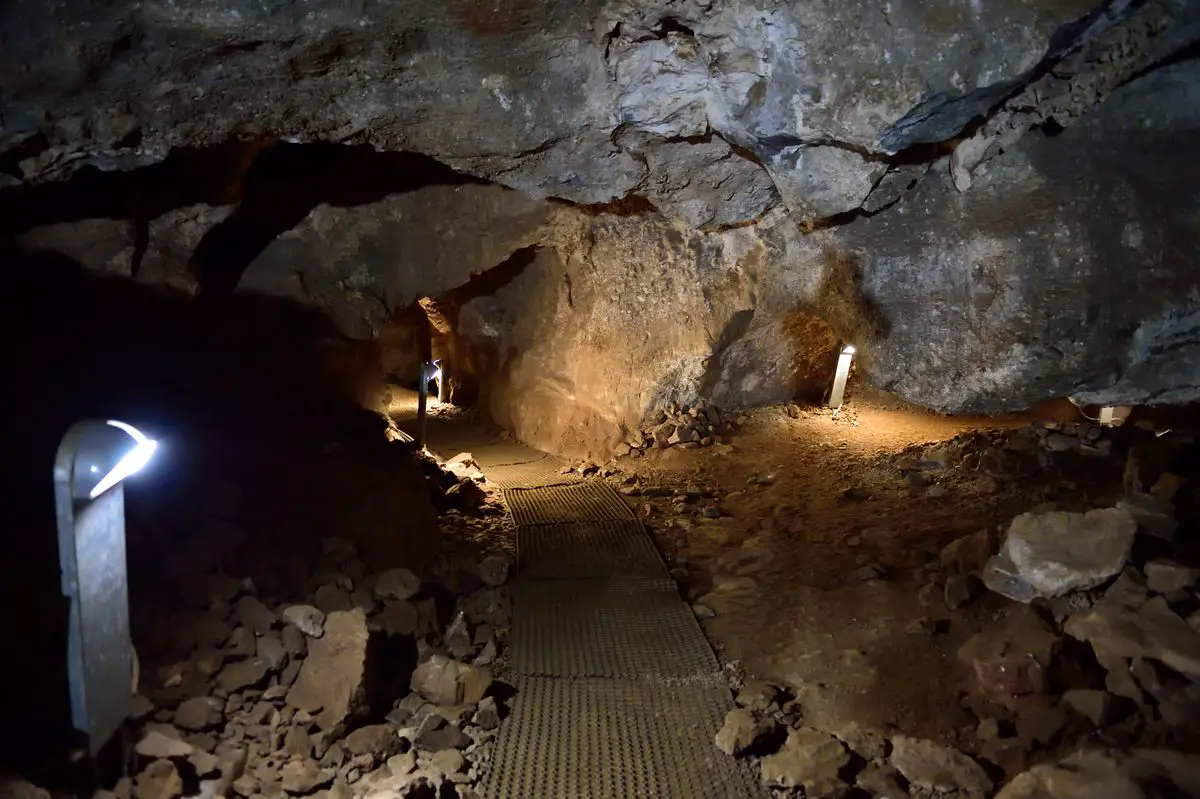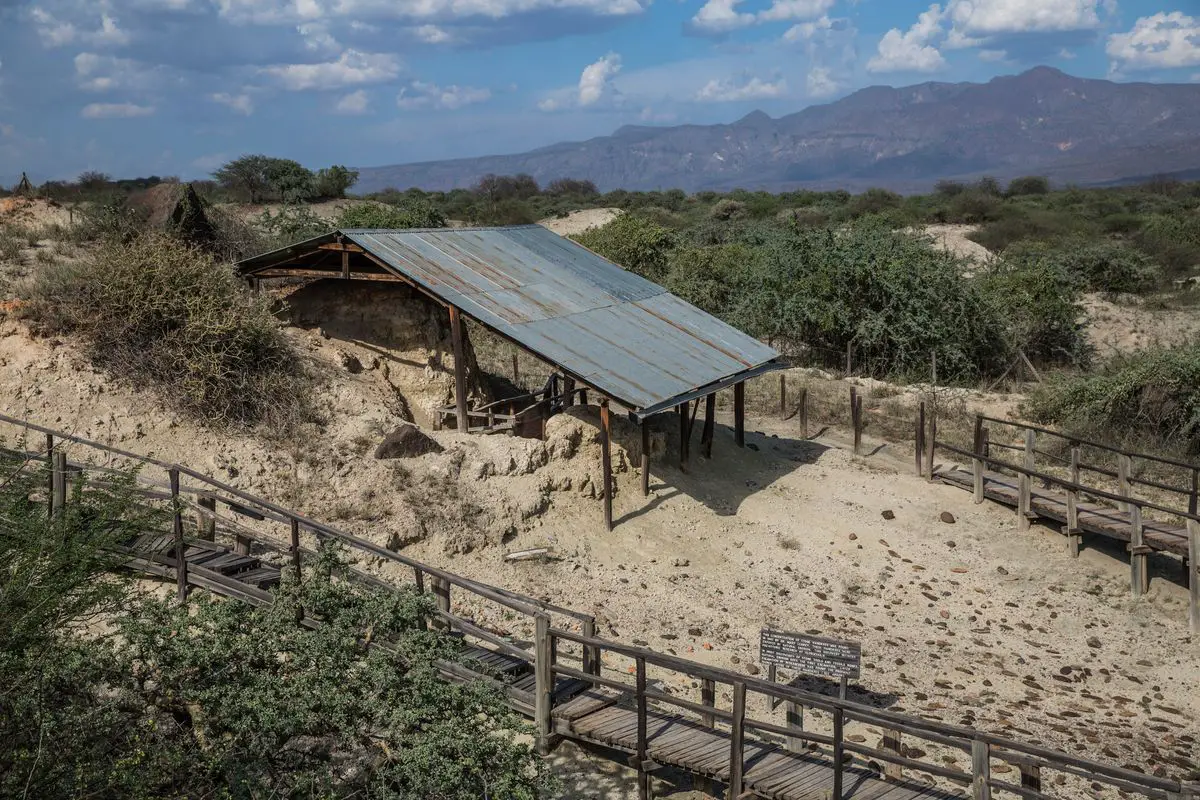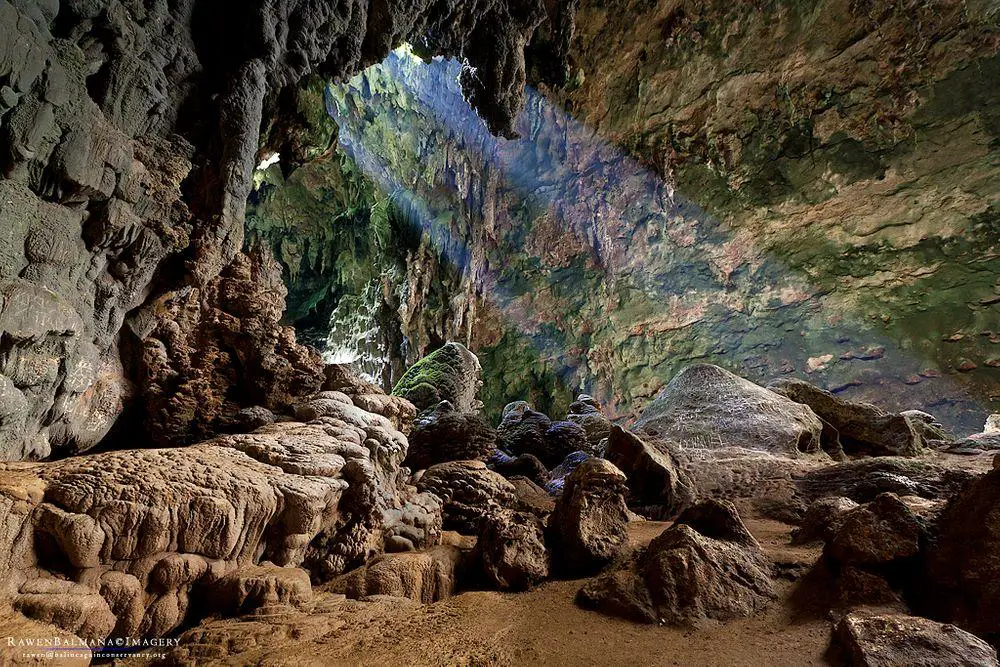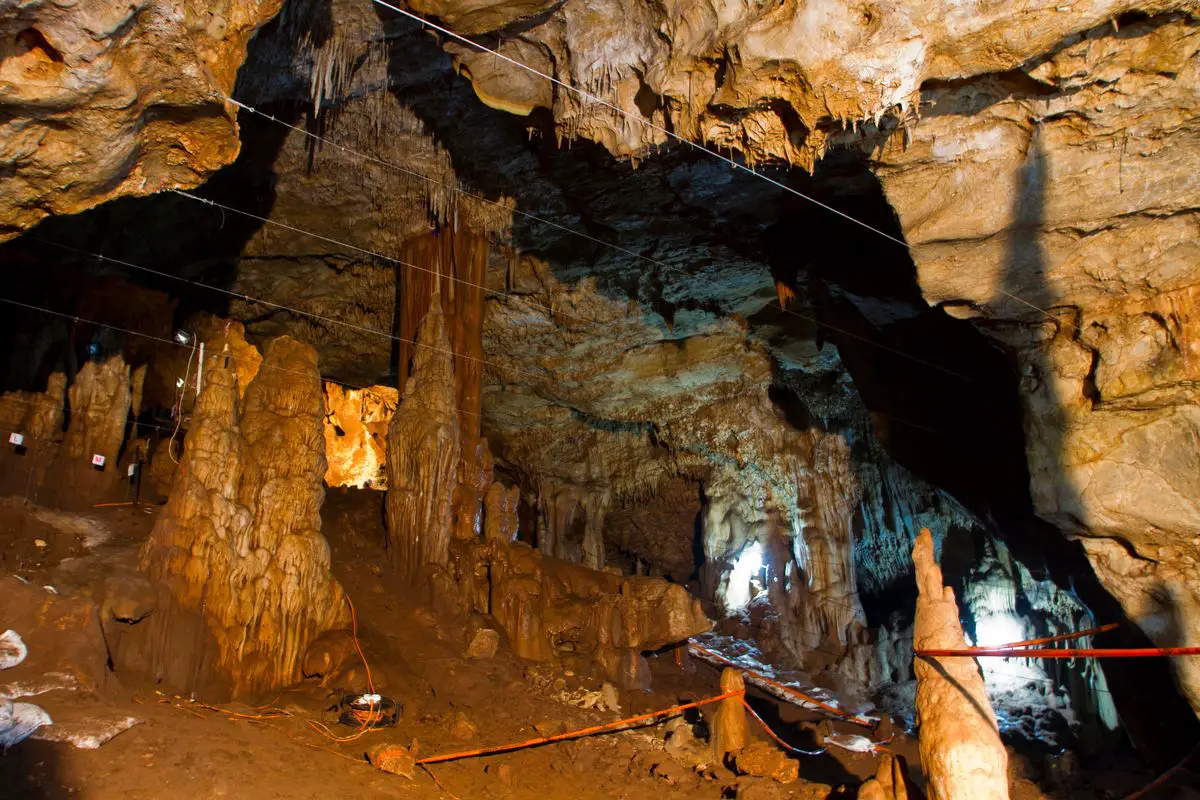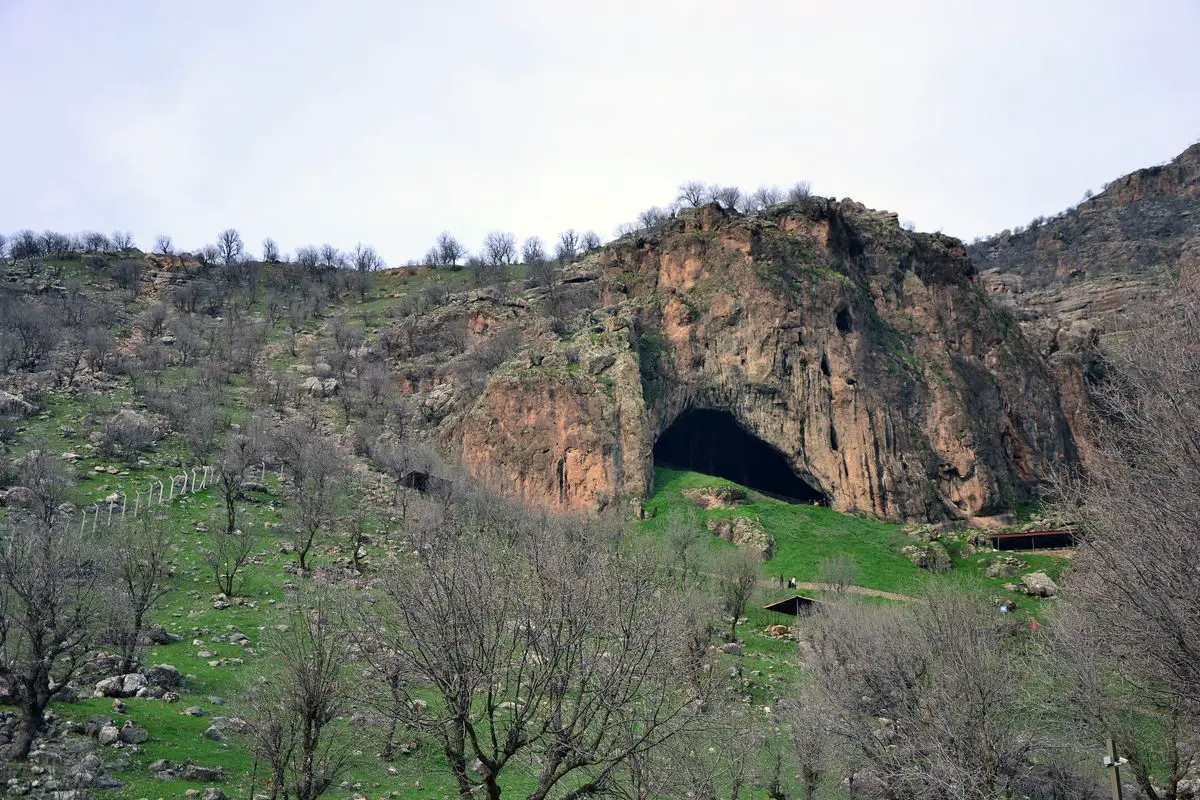Wondermondo 🢖 Categories of wonders 🢖 Biological wonders 🢖 Fossil finds 🢖 Early human finds
Category
Early human finds
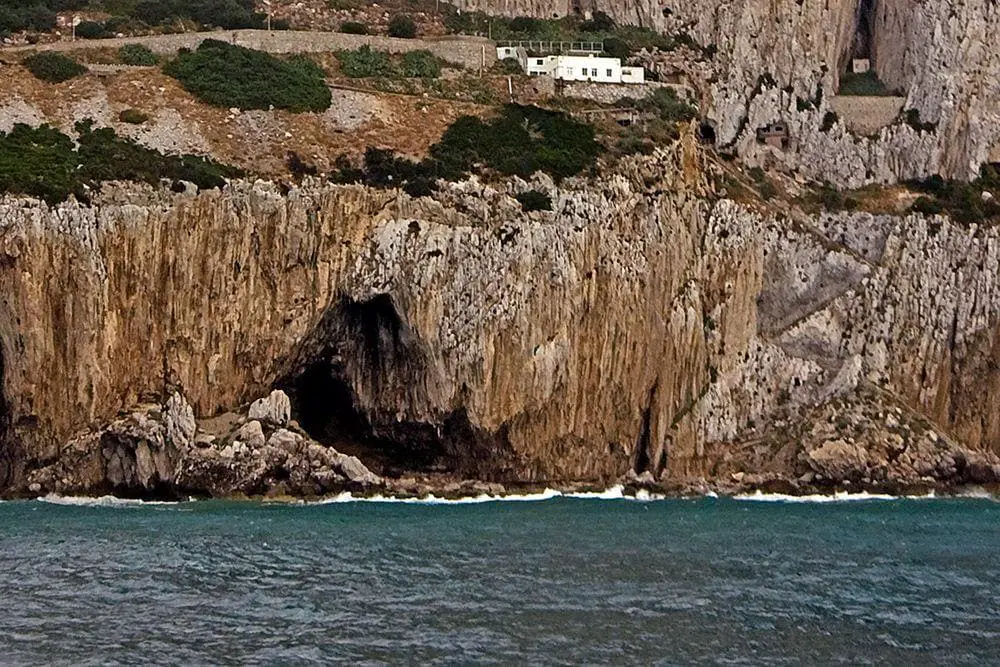
 Described early human finds
Described early human finds
If you see this after your page is loaded completely, leafletJS files are missing.
 What is included in this category?
What is included in this category?
In this category Wondermondo has included most important and unusual places with remains and other traces of activities by early humans (including other species of humans) and other hominins.
This is a subcategory to the category of fossil finds.
What are humans and hominins?
Well… the answer to this question is not simple. Let’s start with some…
…History of research
Some centuries ago people knew for sure: there are humans (us, the lovely us…) and there are animals. But since then step by step this border has been erased and nothing is as simple and clear as it seemed.
First, the great Carl Linnaeus in 1758 invented other species of humans – Homo troglodytes, cave man. No scientific data backed him up at these times… Only one century later, in 1856, science recognized a true "alternative" human – Homo neanderthalensis.
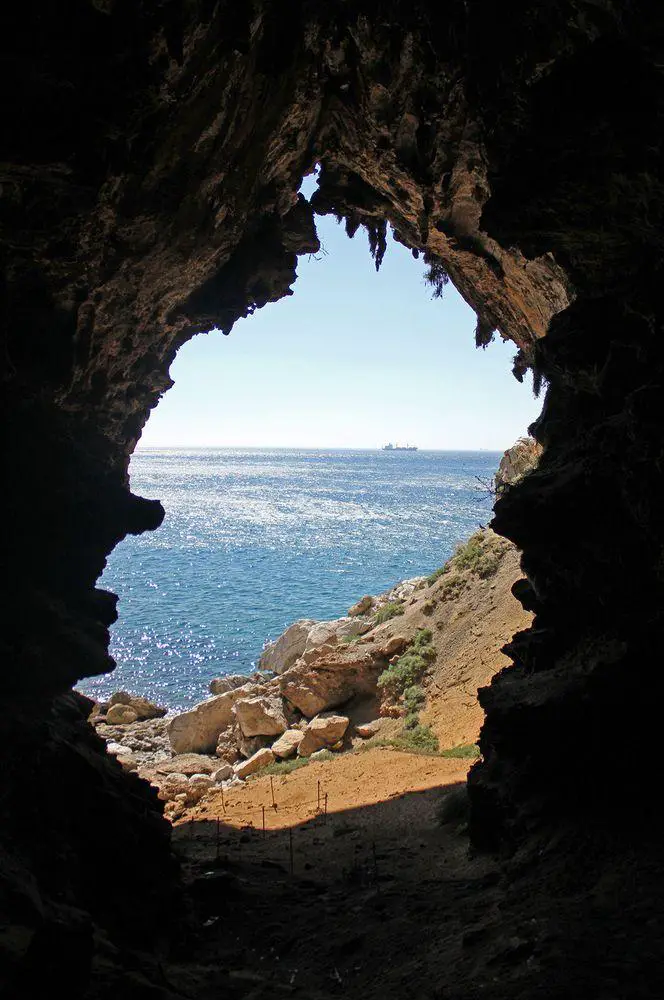
Later more and more humans and “almost humans” were discovered by scientists. Thus, in 1927 in China they discovered Sinanthropus pekinensis (now: Homo erectus pekinensis) but some years earlier, in 1924 in South Africa – Australopithecus africanus and in 1930ies – the more primitive Paranthropus.
But the most important finds were made in Kenya, in Olduvai Gorge. Here Hans Reck (1913) and later Louis Leakey (1931) discovered some 600 thousand years old remains of humans. Further research in this part of Africa as well as South Africa yielded the richest diversity of ancient humans anywhere in the world. Now it is clear: humans originated in Africa.
21st century brings new discoveries
Amazing finds continued elsewhere in the world, especially in the 21st century. In 2003 a new, surprisingly recent human species was discovered – the small Homo floresiensis on Flores island who lived here some 50,000 years ago. A further surprise was brought by Denisova cave in Altai Krai, Russia: in 2010 here was discovered evidence that in Eurasia some 40 thousand years ago lived one more species of humans next to Neanderthals and, possibly, modern humans. Research shows that interbreeding with both Neanderthals and Denisovans affected the human genome and there might be other unknown human species involved too.
The next exciting discovery was made in 2019 when a long known suspect for another species – bones of weird small people in Callao Caves (Philippines) were confirmed to be a new species of humans – Homo luzonensis.
Other humans
Today there is only one living species of "true" humans – us, Homo sapiens. But there existed other species in the past. How many? We don’t know…
Wondermondo can cautiously propose the following list of known other species of humans which here are listed by the time of their extinction:
Our species and other species of humans who lived outside Africa
- Our species – Homo sapiens with two more or less accepted subspecies: Homo sapiens sapiens (that’s us!) and the ancient, extinct Homo sapiens idaltu. The oldest known specimen of our species lived some 300,000 years ago in contemporary Morocco but most likely – elsewhere in Africa as well.
- Homo neanderthalensis was the first "other" human to be discovered because it lived in Europe, wherein the 19th century developed modern natural sciences. It is not entirely clear whether this is subspecies or separate species but it interbred with our species and left an impact on the genome of people outside Africa. Neanderthals evolved some 400,000 years ago and the last of their kin lived in Gibraltar some 40,000 years ago.
- Denisovan (preliminarily – Homo sp. Altai) is another recent discovery from 2010. They lived in Asia and also interbred with other species of humans including our species. Thus they also left an impact on our genome, especially on the contemporary Melanesians. Their last refuge could be some Indonesian islands although no remains have been found here yet. In Denisova Cave, they lived some 100 – 40 thousand years ago but we don’t know their age too well yet.
- Homo luzonensis was discovered in 2019. These small island people lived some 70,000 – 50,000 years ago in the northern part of the present-day Philippines.
- Homo floresiensis was an exciting find of scientists on the island of Flores in Indonesia in 2003. These small people ("hobits") lived some 190,000 – 50,000 years ago. It is possible that before them on Flores and some other islands of Southeast Asia lived even smaller people.
- “Upright human” (Homo erectus) existed before Homo heidelbergensis although scientists are not too sure where one species transformed into another. These people lived in Africa some 1.9 million years ago, spread to Asia, and went extinct some 143,000 years ago.
- Homo heidelbergensis lived some 600,000 – 200,000 years ago. This human might be the ancestor of us, Neanderthals and Denisovans. He lived in Africa, Europe, and Asia.
- Homo antecessor lived some 1.2 million – 800,000 years ago. This might be the same Homo heidelbergensis or its predecessor. These people lived in Africa and migrated to Europe.
Species of other species of humans who lived only in Africa
- “Rhodesian man” (Homo rhodesiensis) lived in Africa some 300,000 – 125,000 years ago. It is very possible that this is African subspecies of Homo heidelbergensis. This might be also the direct predecessor to us, Homo sapiens.
- Homo naledi was described only in 2015. This comparatively primitive man lived in the time period between 335,000 and 236,000 years ago in Africa.
- Florisbad Skull might belong to Homo helmei which is either early Homo sapiens, late Homo heidelbergensis or intermediate species in between. This skull was found in South Africa and is some 260,000 years old.
- Homo gautengensis was described in 2010 and many scientists are not sure whether this is a separate species or subspecies of Homo erectus. It lived some 1.9 – 0.6 million years ago.
- Homo ergaster lived some 1.9 – 1.4 million years ago in the eastern and southern parts of Africa. This also might be our predecessor who transformed into Homo erectus… or it simply is Homo erectus.
- The controversial Homo rudolfensis is possible other species of humans who lived some 2 – 1.5 million years ago in Africa. It also could be a subspecies of Homo habilis.
- Homo habilis lived in Africa some 2.1 – 1.5 million years ago and could be the oldest known species of humans.
Who lived before humans?
Thus: earlier existed other animals which were closer to us than to our closest living relative – chimpanzees. It seems, all of these creatures (almost humans!) lived more than 1 million years ago.
When the first people were born, there still lived the last species of Paranthropus – robust, smaller and muscular primates. They went extinct around 1 million years ago.
Ancestors of Homo and Paranthropus were Australopithecus were extinct some 2 million years ago. Direct ancestor of humans (Homo) could be Australopithecus garhi who lived in the contemporary Ethiopia and already used stone tools.
Even older are such hominins as Ardipithecus (which seem to be closer to chimpanzees than to us), Orrorin and Sahelanthropus – all in Africa.
 Top 25 early human finds
Top 25 early human finds
Africa
Sterkfontein
South Africa
The richest site for early hominins in the world. Found remnants of some 500 hominins, mainly up to 2.3 million years old remnants of Australopithecus africanus. Here was discovered also the earliest species of humans – Homo gautengensis. There are ongoing longest continuously running fossil excavations in the world, starting in 1966. The cave contains a lake.
Oldupai Gorge (Olduvai Gorge)
Tanzania
World’s most important source of information about the development of early humans. Paranthropus boisei lived here some 2.4 – 1.4 million years ago, Homo habilis – some 1.9 million years ago, Homo erectus – 1.2 million years ago, Homo sapiens – 17,000 years ago. Here were discovered some of the oldest stone tools in the world, signs of hunting.
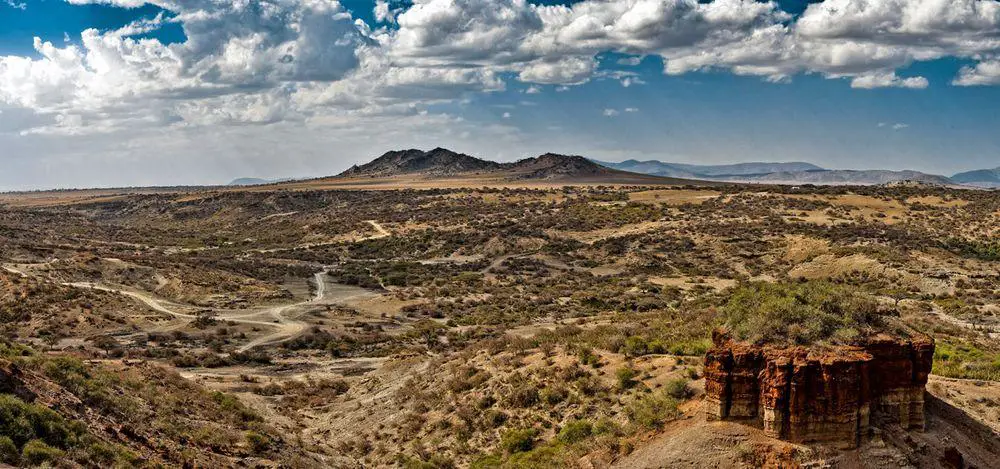
Wonder Cave
South Africa
This is one of the most spectacular caves in South Africa. It contains an enormous cave chamber – 125 meters long and 154 meters wide. Most stalactites and up to 15 meters high stalagmite formations are still growing. The cave contained remnants of hominids.
Olorgesailie
Kenya
In this world-famous site were found numerous tools made by man 600 – 900 thousand years ago. These tools were made by Homo erectus – there have been found also remnants of these people. Specialists have found also numerous bones of now-extinct animals that, possibly, were hunted in this region.
Rising Star Cave
South Africa
In this cave were found remains of extinct, other species of humans that have been named – Homo naledi.
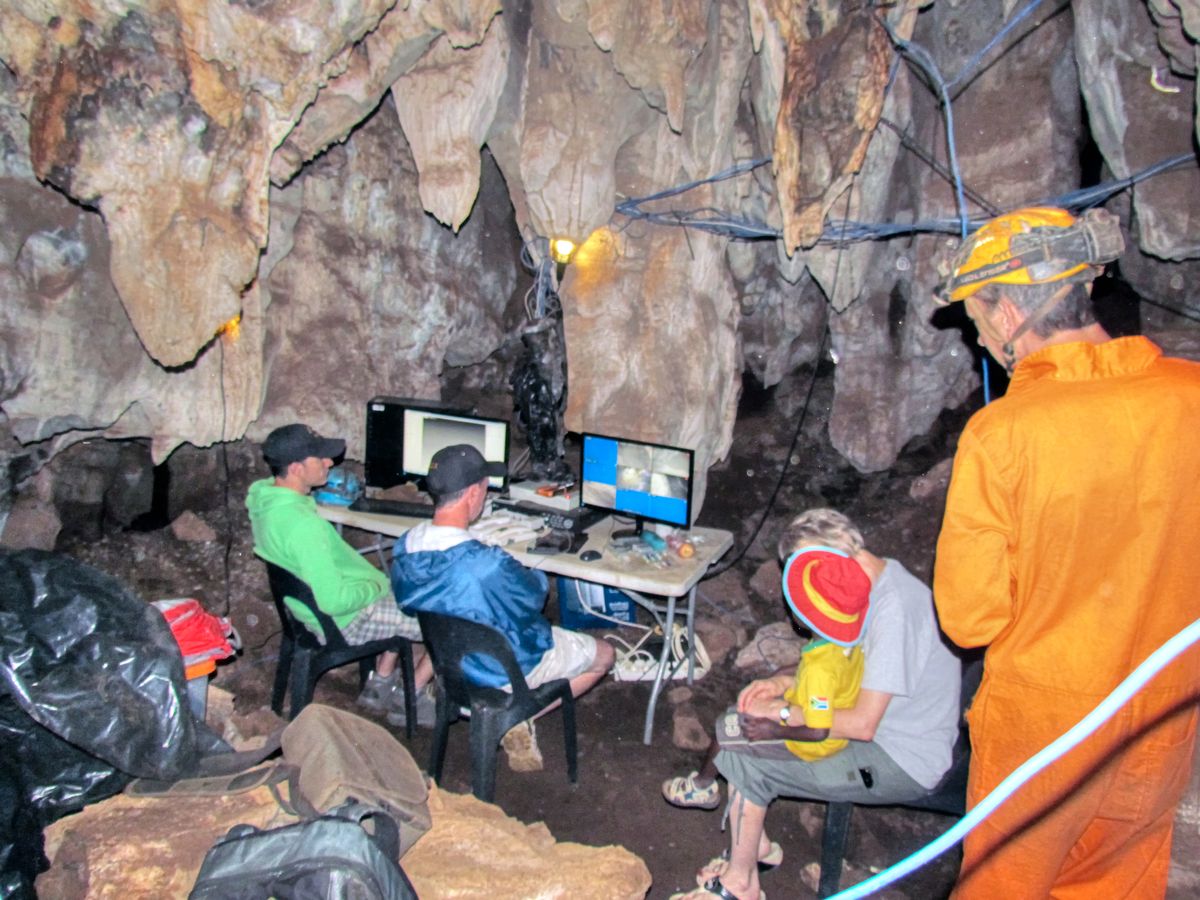
Asia
Denisova Cave
Russia
This cave contains at least 125,000 years old artifacts left by ancient hominins. After a splinter of bone here has been identified new species of early humans – Denisova hominin or Denisovan.
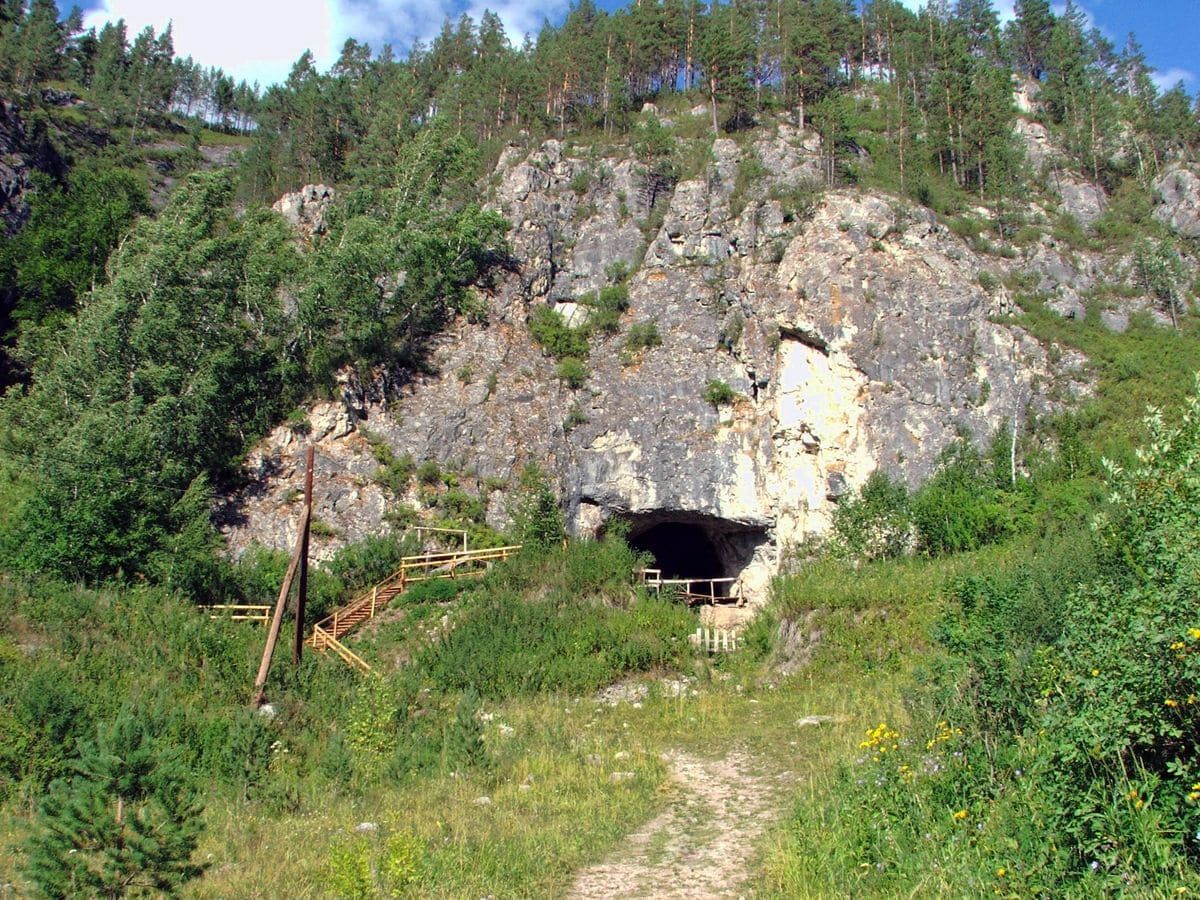
Callao Cave
Philippines
An enormous cave system with beautiful speleothems. There have been found the earliest human remains in the Philippines, at least 67 thousand years old. These remnants belong to an extinct species of humans – Homo luzonensis.
Liang Bua
Indonesia
In the cave (and only here) there were discovered remnants of a newly discovered, extinct species of human – Homo floresiensis.
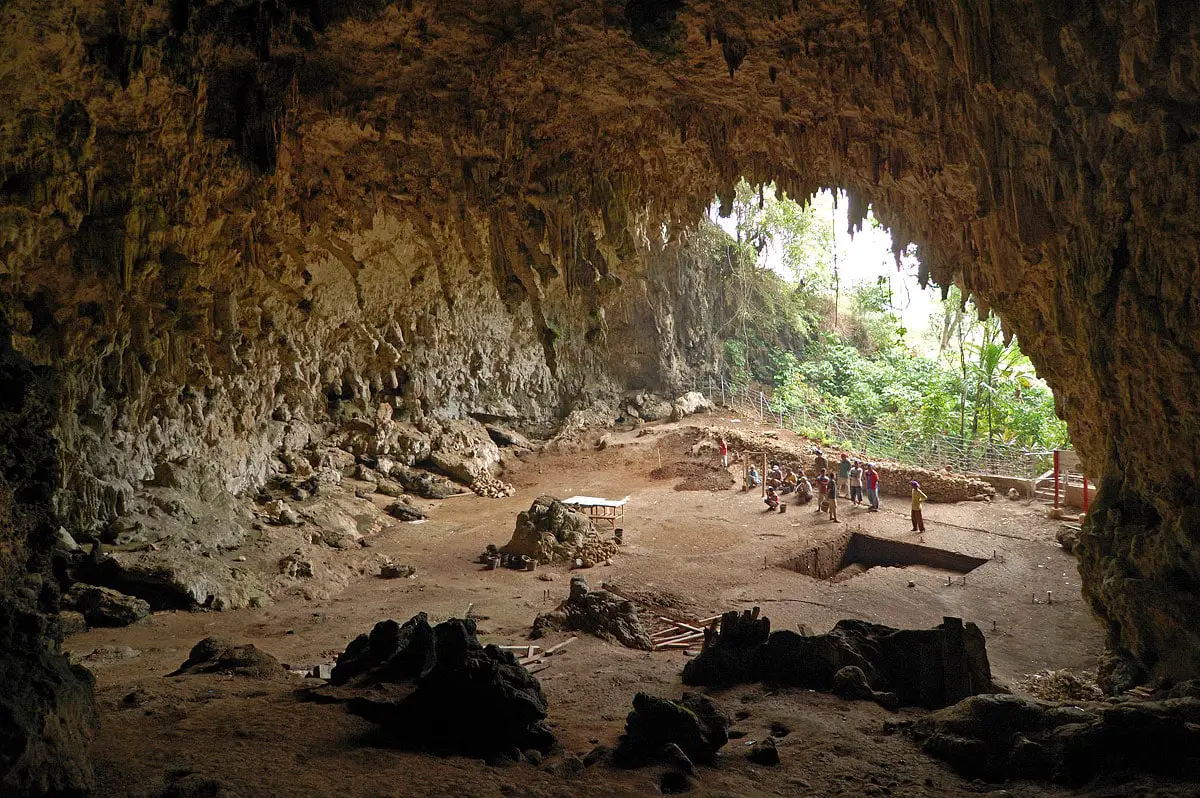
Belilena
Sri Lanka
In this cave were found remnants of ten Balangoda people – local subspecies of people who lived here some 32,000 years ago (bones are some 16,000 years old). The cave contains some of the world’s oldest microliths which are up to 30,000 years old.
Sangiran Early Man site
Indonesia
Since 1934 in this area have been discovered approximately 50% of the world’s fossils of human ancestors – hominoids. Very valuable have been also the finds of the contemporaries of these hominoids – animals. Discoveries in Ngebung, Solo, and Sangiran have provided valuable material for science.
Manot Cave
Israel
A spacious cave where 54,700 years old skull of a modern human was found. This is the oldest known find of modern humans outside Africa and proof that modern humans lived next to Neanderthals.
Fa Hien Cave (Pahyanagala)
Sri Lanka
A large cave where have been found remnants of the Late Pleistocene humans who lived here 33,000 years ago. Here and in some more sites in Sri Lanka were found the earliest known microliths. This is the oldest known settlement of the indigenous kind of humans – Balangoda Man.
Zhoukoudian
China
Famous due to archaeological findings such as one of the first known specimens of another human species – Homo erectus, called also Peking Man, who lived here approximately 680,000 – 750,000 years ago. Cave inhabited also by modern humans in Upper Paleolithic. Remains of numerous extinct animals such as gigantic hyena Pachycrocuta brevirostris.
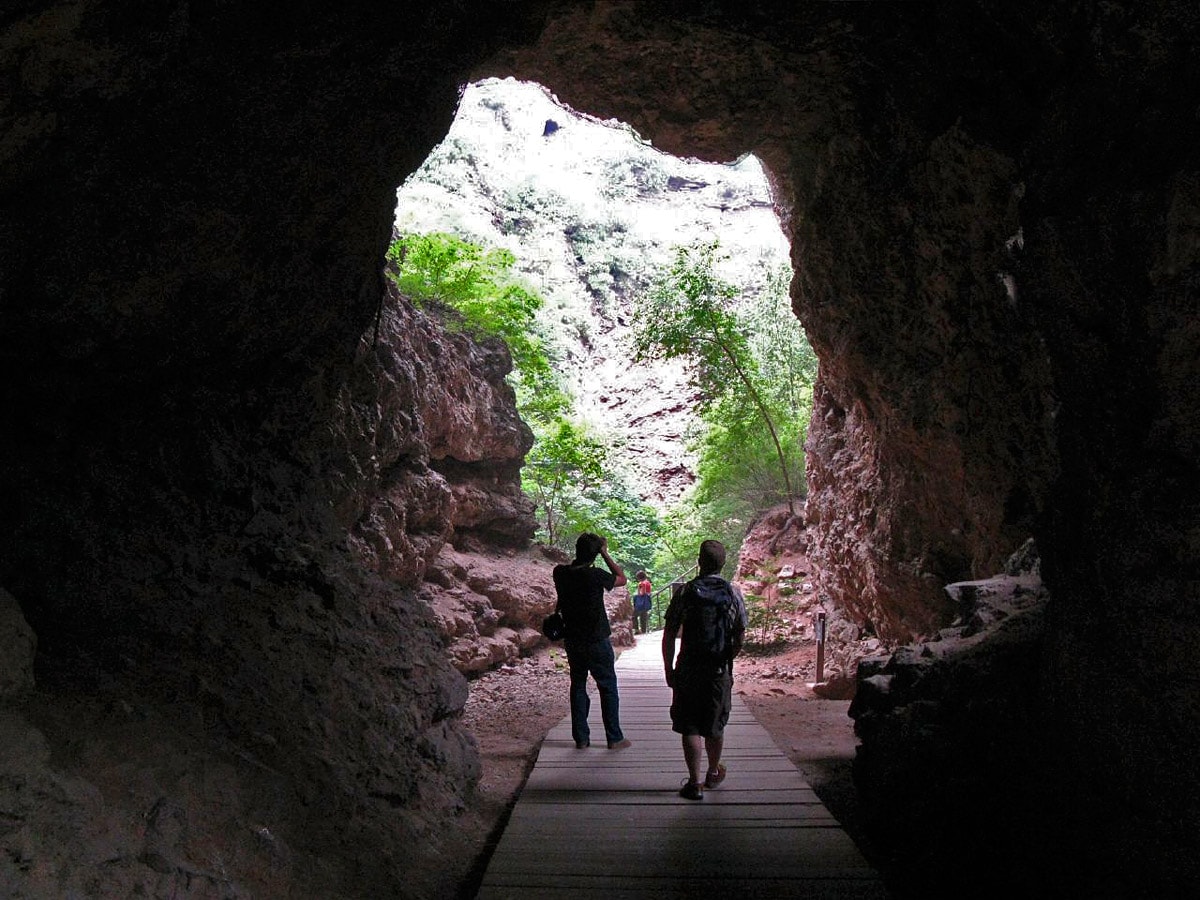
Shanidar Cave
Iraq
This cave has provided important discoveries regarding Neanderthals, such as information about their funeral ceremonies, and care for injured individuals. There were found remains of ten Neanderthals who lived 65,000 – 35,000 years ago. One Neanderthal found in the cave seems to be killed by a human.
Waulpane (Wavula Pane)
Sri Lanka
Cave with some 250,000 bats living in it. In the cave have been found remnants of the prehistoric Balangoda Man.
Europe
Gorham’s Cave
Gibraltar (United Kingdom)
One of four caves in Gorham’s Cave complex. Cave has formed in Jurassic limestone and has an 18 m thick layer of sediments that contain very important finds including the latest find of Neanderthals who lived here 60 – 24 thousand years ago when the sea was far away from the cave and the area was rich with resources. This is the last known settlement of Neanderthals in the world. The time of their habitation includes an incision of eight lines, made at least 39,000 years ago, most likely made by Neanderthals – the oldest known abstract drawing in the world. 23 thousand years ago here started to live modern humans, who left some paintings on the walls of the cave. Phoenicians and Carthaginians used this cave as their shrine, leaving offerings there.
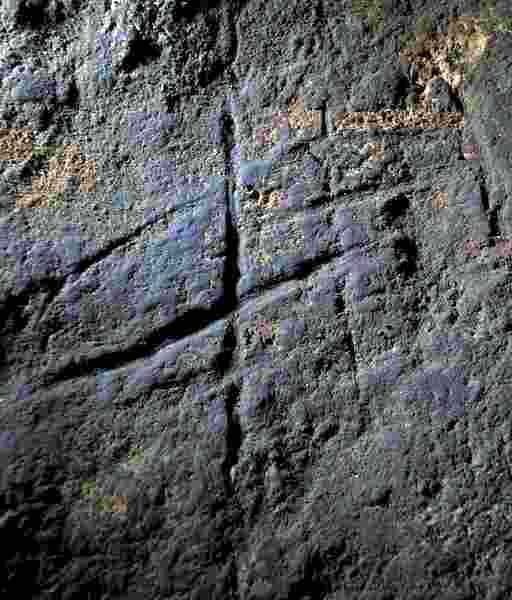
Wildkirchli
Switzerland
Group of three closely located caves, interesting monuments of history. In these caves have been found some 90 thousand years old remnants of cave bears. Later, some 50 – 30 thousand years ago here lived Neanderthals. In the 17th – 19th centuries caves were inhabited by hermits.
Petralona cave
Greece
This cave is approximately 2 km long and contains important finds of ancient hominins. An outstanding feature is the skull of a hominin, most likely Homo erectus or Archanthropus europaeus who lived some 300,000 – 600,000 years ago. This skull has been crystalized and perched on a stalagmite. This find caused much scientific discussion because it clashes with the basic theories of early human history and distribution. Here were found also numerous fossils of existing and extinct animals.
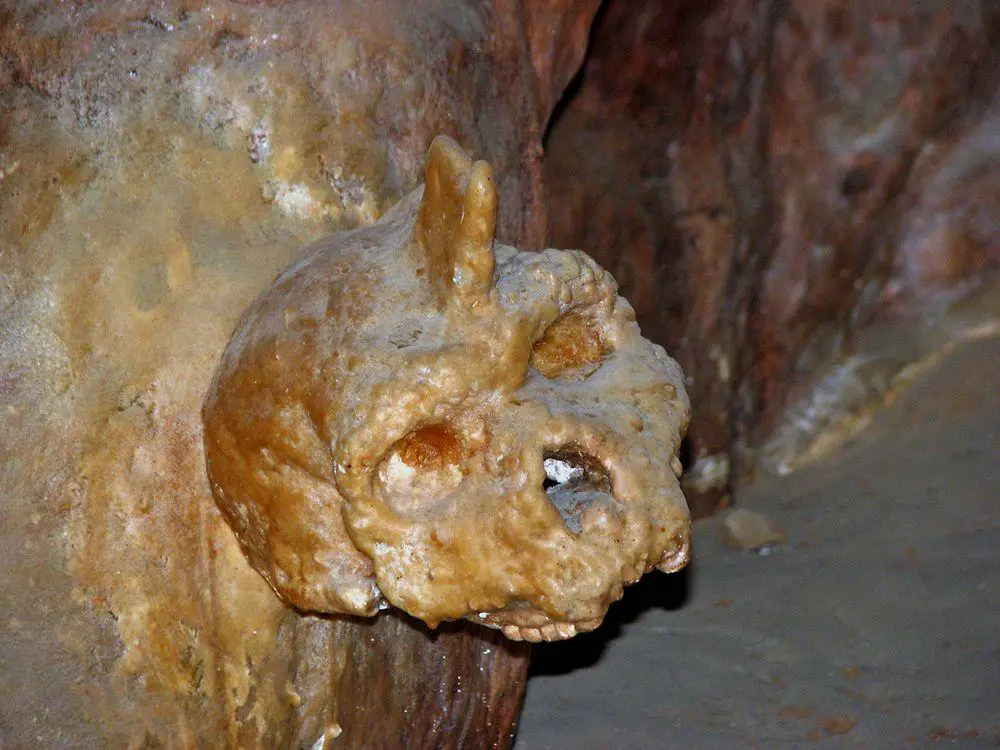
Lamalunga Cave (Altamura Man)
Italy
The sinkhole in this cave contains an amazing find – an extremely well-preserved skeleton of Neanderthal that is between 128,000 – 187,000 years old. His bones are covered by limestone deposits.
Escoural Cave
Portugal
Cave – site of Paleolithic settlement, burials, and rock art. Already 50 000 years ago this cave was inhabited by Neanderthals. The first drawings were made 40 – 10 thousand years BC. Most of the rock art (paintings and engravings) was created in the late Neolithic – Chalcolithic ages when the cave was turned into a cemetery and there was a fortified settlement in front of it. As new passages are discovered, more drawings are discovered as well.
Vindija Cave
Croatia
Cave with an impressive, enormous entrance. Contains some of the best-preserved remnants of a Neanderthal man who lived here 30,000 years ago. Remnants of Neanderthal from this cave were used in the Neanderthal genome project.
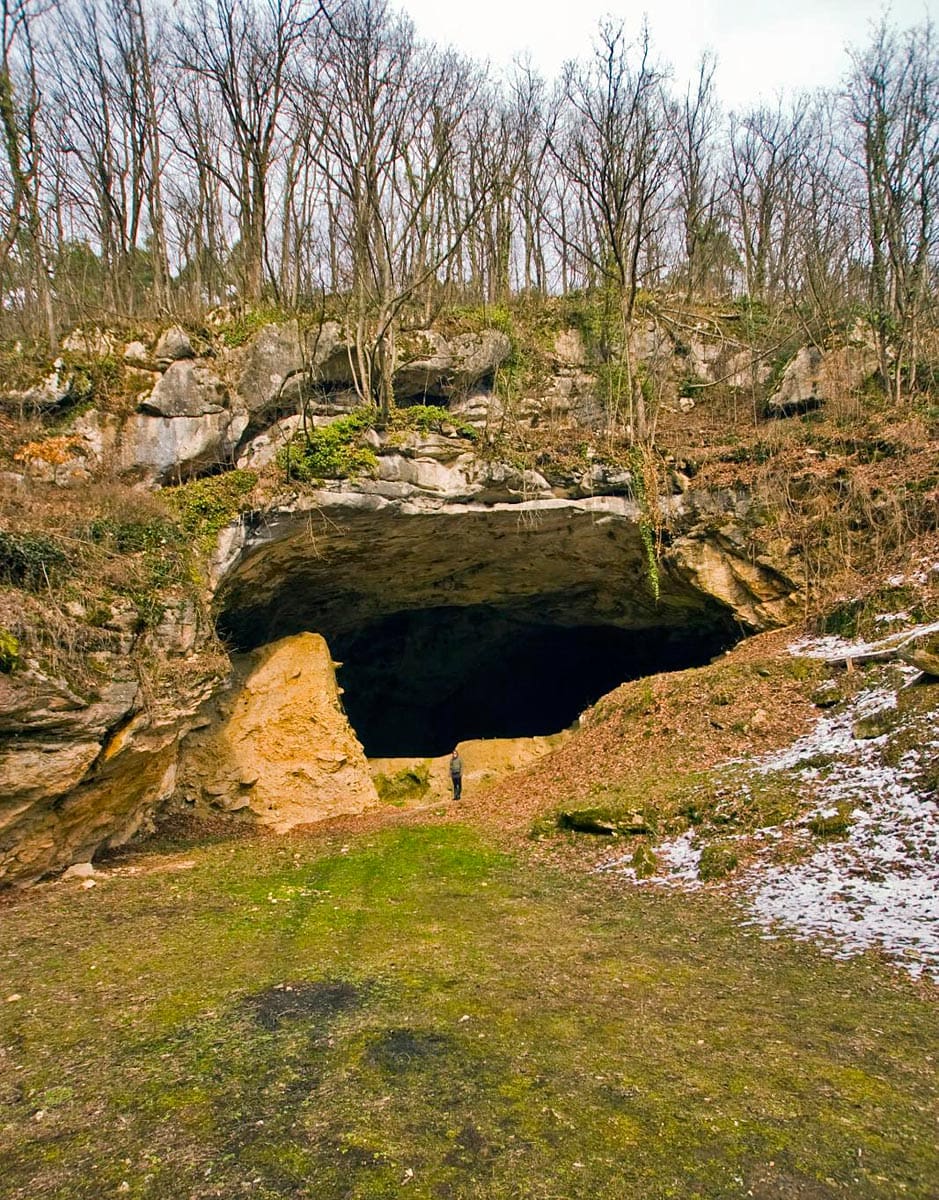
Vanguard Cave
Gibraltar (United Kingdom)
One of four caves in Gorham’s Cave complex. Cave has formed in Jurassic limestone and has 17 m thick layer of sediments that contains very important finds, including the latest find of Neanderthals who lived here 55 – 28 thousand years ago. Neanderthals here used fire, and ate seafood including seals and dolphins.
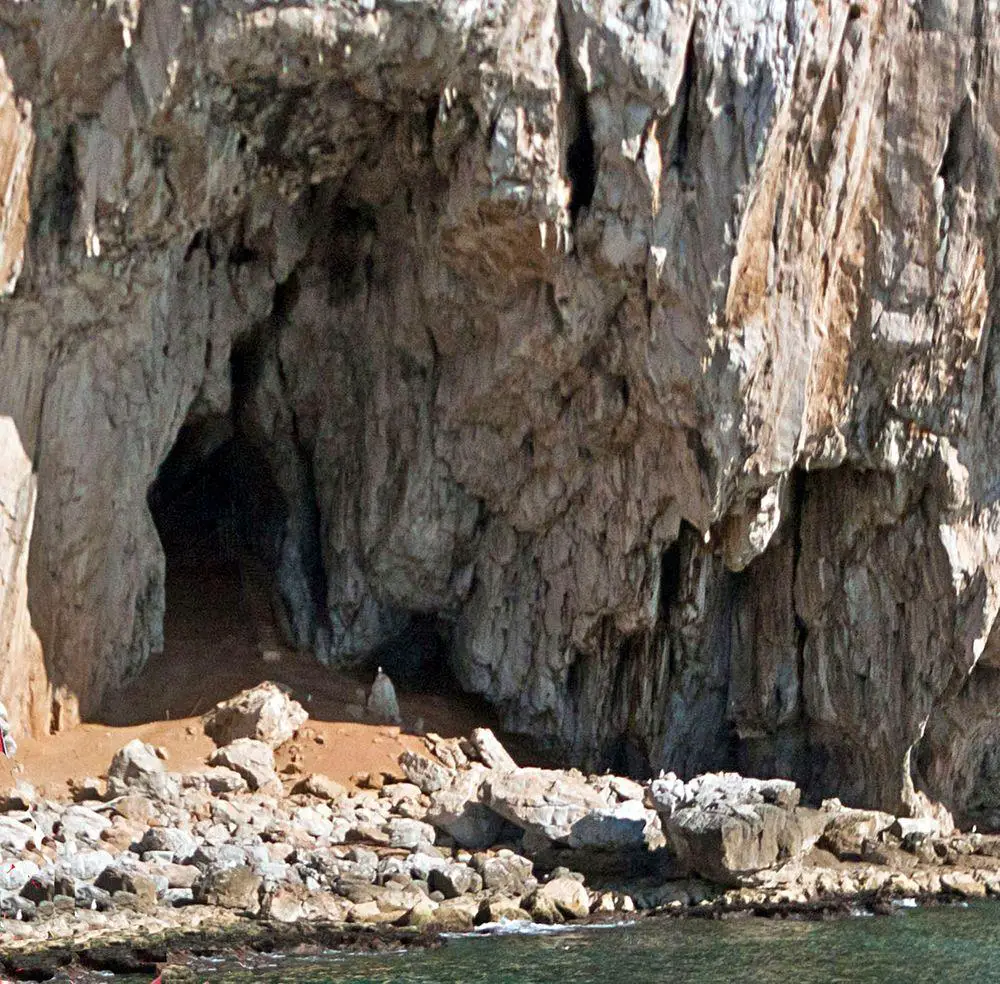
Sima del Huesos (Atapuerca Mountains)
Spain
Cave at the bottom of 13 m deep rock chimney. There have been found more than 5,500 bones belonging to humans (Homo heidelbergensis) who lived at least 350 thousand years ago. Here have been found also remnants of the extinct Deninger’s bear (Ursus deningeri).
Sima del Elefante and Gran Dolina
Spain
Here were found some of the oldest known hominins of Europe. A 1.1 – 1.2 million years old molar of human (possibly Homo antecessor) was found in Sima del Elefante, while in Gran Dolina have been found bone fragments and stone tools of Homo antecessor.
Santimamiñe
Spain
Cave – an archaeological monument with an almost complete set of sediments from the Middle Paleolithic to the Iron Age, left by Neanderthals and humans. The cave contains excellent paintings of animals from the Magdalenian period.
 Recommended books
Recommended books
The First Human
In this dynamic account, award-winning science writer Ann Gibbons chronicles an extraordinary quest to answer the most primal of questions: When and where was the dawn of humankind?
Lone Survivors
In this groundbreaking and engaging work of science, world-renowned paleoanthropologist Chris Stringer sets out a new theory of humanity’s origin, challenging both the multiregionalists (who hold that modern human developed from ancient ancestors in different parts of the world) and his own “out of Africa” theory, which maintains that humans emerged rapidly in one small part of Africa and then spread to replace all other humans within and outside the continent.

